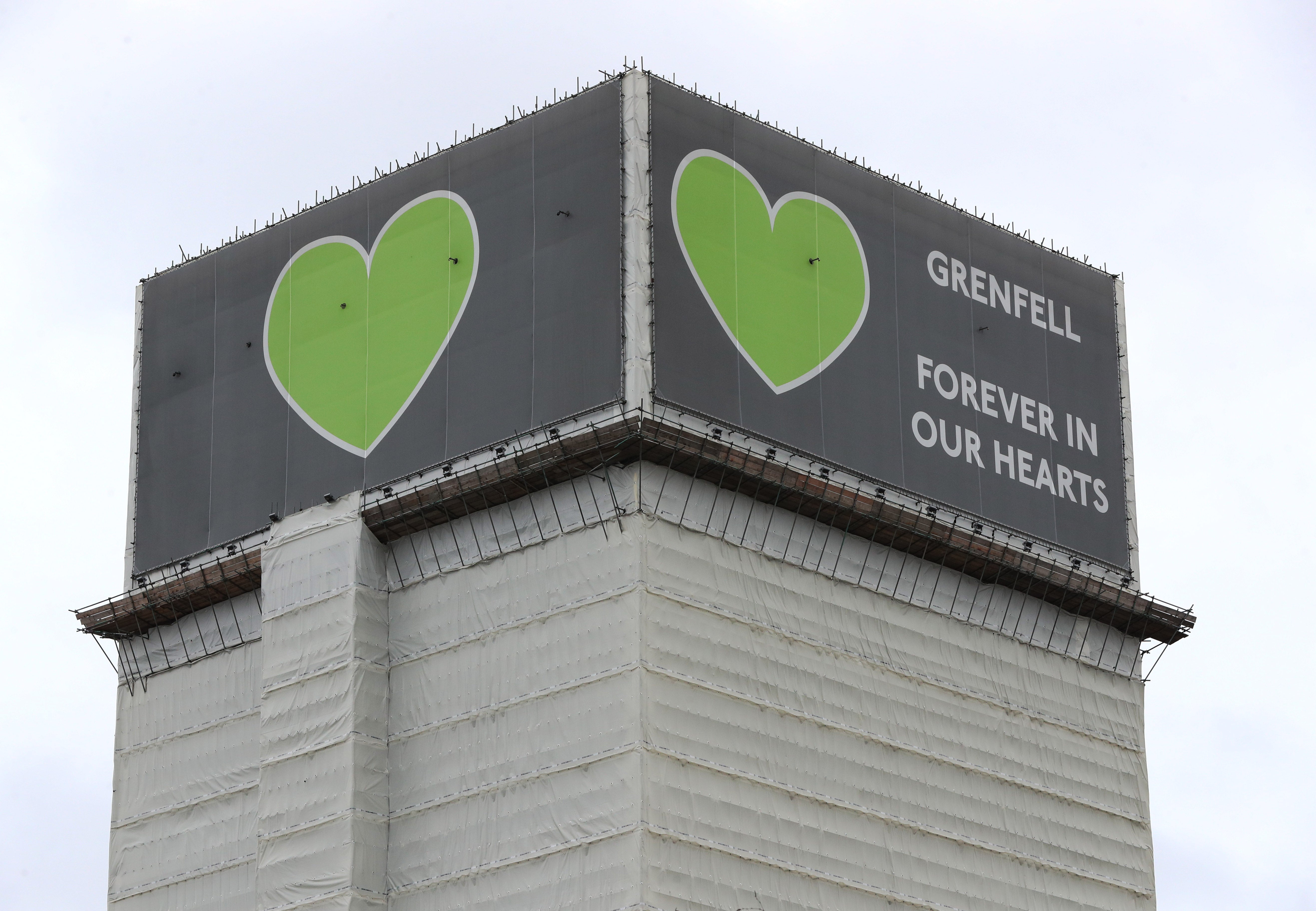Housing department ‘unequipped’ to handle insulation warning – Grenfell Inquiry
The department was warned in 2014 that ‘combustible’ materials were being used in buildings over 18 metres high, the inquiry was told.

Your support helps us to tell the story
From reproductive rights to climate change to Big Tech, The Independent is on the ground when the story is developing. Whether it's investigating the financials of Elon Musk's pro-Trump PAC or producing our latest documentary, 'The A Word', which shines a light on the American women fighting for reproductive rights, we know how important it is to parse out the facts from the messaging.
At such a critical moment in US history, we need reporters on the ground. Your donation allows us to keep sending journalists to speak to both sides of the story.
The Independent is trusted by Americans across the entire political spectrum. And unlike many other quality news outlets, we choose not to lock Americans out of our reporting and analysis with paywalls. We believe quality journalism should be available to everyone, paid for by those who can afford it.
Your support makes all the difference.The Department for Housing was “unequipped” to deal with a 2014 warning that “combustible” insulation was being used in buildings over 18 metres high, a former Government official has told the Grenfell Inquiry.
Richard Harral was head of technical policy at the Department for Levelling Up, Housing and Communities (DLUHC) from 2014 until October 2017, where he was in charge of ensuring “suitable procedures were followed to develop and implement building regulation policy”.
During Mr Harral’s evidence at the inquiry on Tuesday, Kate Grange QC referred to a July 2014 email from Steve Evans, head of technical operations at the National House Building Council (NHBC) to Brian Martin, a senior civil servant at the DLUHC.
In the email, Mr Evans warned that confusion had arisen around the use of Kingspan’s Kooltherm K15 Rainscreen Board insulation in buildings over 18 metres in height.
I think this problem found us unequipped to deal with it, to be honest. I know that at this point in time it's not an excuse
A small amount of K15 insulation was used in Grenfell Tower.
Mr Evans wrote that Kingspan had said that its product was suitable to be used in buildings over 18 metre high, despite it being made from what he claimed was “a generic type of polyurethane foam, which is, by nature, combustible”.
Mr Evans said in his email that “there is no reason to suspect that buildings which have been built with Kingspan K15 are at risk at this time, it is just that the testing carried out to date does not bear this out”.
Mr Harral was asked if the DLUHC did anything to address the concerns raised in Mr Evans’s email.
“We did not”, he said.
He was asked if he or anyone on his team contacted Kingspan about this claim.
“No we didn’t”, he said.
Mr Harral said that they did not make any queries as to how Kingspan was marketing its product for “use at height”.
I just think that we were totally unequipped to have the right tools and approach to deal with this in another way
He added that his team did not contact trading standards or the advertising authority so that Kingspan’s claims about its product could be investigated.
He was asked why he did not do any of these things.
“I think this problem found us unequipped to deal with it, to be honest,” he said.
“I know that at this point in time it’s not an excuse.”
He said he was “heavily involved” in the housing standards review at the same time “which was taxing”.
“But I just think that we were in the wrong posture in terms of the way that we were working”, he said.
He told the inquiry that he also worried about “overstepping” his remit by becoming involved.
“This was an area that the department was never happy with us getting involved on other cases. So there was a sense that we might be beyond the edge of what we were allowed to do – certainly in my mind,” he said.
I think (the building control system) has been ... a potentially marginal area of policy compared to some other areas, and that affected the way that it was prioritised in my view
“But I just think that we were totally unequipped to have the right tools and approach to deal with this in another way.”
The inquiry also heard that Mr Harral called building regulations “the poor cousin of planning” in an email to Bob Leadsome, the deputy director of building regulations at the DLUHC, one month before the Grenfell fire.
He was asked what he meant by this.
“The easiest example of the difference between the two policies is to look at any political manifesto”, he said.
“You will always find a great deal written about planning and housing supply. Planning is a very political realm.
“You will struggle to find any reference or commitment in any manifesto to the building control system, or building regulations, other than specific issues that might be a vehicle for delivery.
“So I think it has been, certainly during my time, a potentially marginal area of policy compared to some other areas, and that affected the way that it was prioritised in my view.”